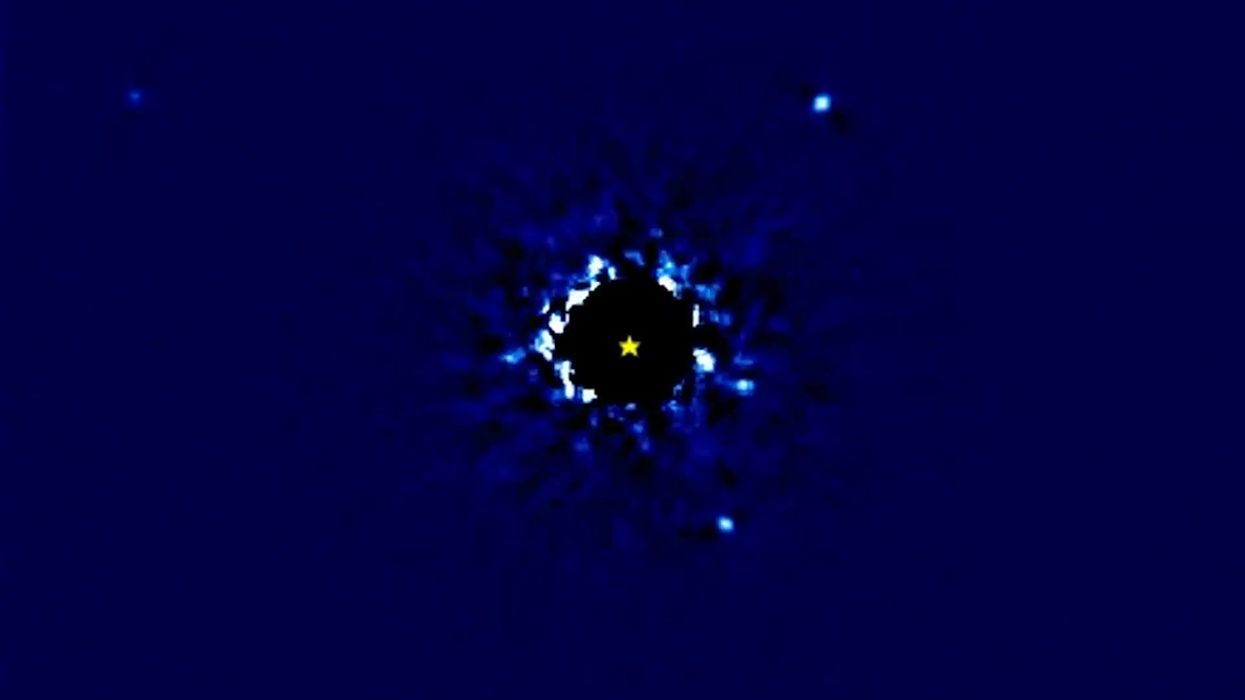Sinead Butler
Mar 28, 2023
Four distant planets 'dance' around their sun in 12-year timelapse
content.jwplatform.com
Tonight is a great night for planet spotting, as five of them will be visible in the sky as part of a rare display.
The five planets include: Mercury, Venus, Mars, Jupiter and Uranus, so it's a sight you will definitely don't want to miss.
Today (March 28) is no better time to get out and clean your telescope or binoculars in order to see the "planetary parade," as the five form an arc.
Sign up to our free Indy100 weekly newsletter
Here is a guide to how you can see all five planets tonight:
We should be able to see Jupiter, Venus, Mars and the Moon with the naked eye tonight, according to Jake Foster an astronomer at the Royal Observatory Greenwich.
He told Sky News: "If you face towards the western horizon, you should be able to see with the naked eye - so without any specialist equipment - three planets in a neat line across the sky, along with the moon.
Though there are a couple of planets that will be trickier to spot such as Uranus and Mercury that will require equipment in order to see them properly.
"If you have a telescope or a pair of binoculars, possibly even five planets and the moon," Foster added.
The astronomer noted how this display can occur since the solar system is a flat disc shape with the planets in space orbiting this same flat area.
"The planets aren't aligned right now, they are all spread out across the Solar System but just from our perspective, every once in a while they get close enough to each other in the sky that we're able to see quite a few at once," he told the BBC.
Both Jupiter and Mercury will be near the horizon and be very low in the west just after sunset, so there is only a brief window to able to see them in the sky.
Stargazers will also be able to see Venus shining bright in the sky, and Mars also be visible with it's recognisable orange hue.
Meanwhile, the next alignment after tonight's is set to take place in June, where Mercury, Venus, Mars, Jupiter and Saturn could be seen in a row in the night sky.
Have your say in our news democracy. Click the upvote icon at the top of the page to help raise this article through the indy100 rankings
Top 100
The Conversation (0)














